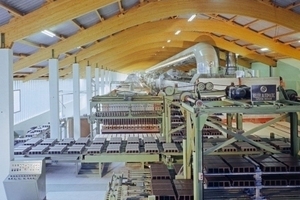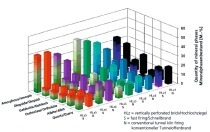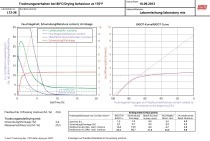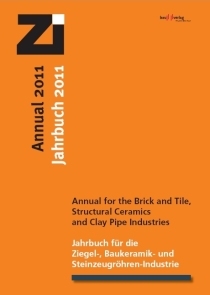Process-oriented emission retention mechanisms for organic and inorganic air pollutants
This contribution describes the testing and optimization of two brickyard tunnel kilns exhibiting dissimilar air-pollutant discharge behaviour. Good results were achieved by means of endogenous thermal oxidation accommodated to the prevailing conditions, in combination with appropriate clay body optimization.
1 Introduction
The exhaust gases from two parallel tunnel kilns at a large, modernly equipped brick-making plant were found to be emitting pronouncedly different organic and inorganic air pollutants, despite the fact that the firing behaviour and quality of both kilns were still very good. Each of the two kilns has its own specific upstream production line, but both lines receive the same raw material from the same preparation plant and ageing house.
Production line 1, serving tunnel kiln TK I, is reserved for high-pressure-proof, standard-size grooved bricks used in the manufacture of prestressed reinforced clay brickwork beams. Production line 2, serving tunnel kiln TK II, turns out oversize hollow floor blocks characterized by high vertical strength installed as dead floor blocks set between ceiling beams. With a view to determining the cause of the differences in pollutant emission and to preventing such emissions overall, a comprehensive research project was conducted in cooperation with partners of the TÜV Austria Environmental Protection Technology Division and of the Faculty of Engineering and Natural Sciences at Johannes Keppler University in Linz.






